Athlete's foot or tinea pedis is a fungal infection that affects the skin and begins between the toes on one or both feet, due to the appropriate moist environment in tight shoes.
Table of Contents
What is athlete's foot infection?
Itchy, scaly rash. It causes unpleasant odors emanating from the feet that do not go away unless the symptom is treated.
Athlete's foot, or tinea pedis, is associated with other fungal infections such as ringworm. This infection can be treated with antifungal medications.
Symptoms of tinea pedis or athlete's foot in Turkey
- Peeling or cracking of the skin between the toes
- Itching, especially after removing shoes and socks.
- Inflammation of the skin in a way that makes it reddish or gray, depending on the color of the skin.
- Appearance similar to burns or stings
- Fluid-filled blisters and bumps.
- Dryness and peeling of the skin of the soles of the feet extending to the sides.
- Discolored Nails Being warm and moist, toenails are the perfect place for a fungal infection to occur.
- After a while, the nails begin to break down, become brittle, and debris accumulates under the nail, causing it to change color.
- Rapidly falling toenails.
If you have diabetes, consult your doctor if you suspect athlete's foot in Turkey or if you have signs of infection, such as swelling of the affected area, oozing pus, or a fever.
Causes of athlete's foot
- Athlete's foot infection is caused by the same type of skin fungus that causes ringworm and itching.
- Wearing wet socks and shoes and warm, humid weather conditions cause fungi to grow.
- Infection: Athlete's foot is a contagious condition that is transmitted from one person to another through touching the infected person or touching contaminated surfaces and wearing contaminated shoes.
- You can also spread the infection from the foot to other areas of the body, especially if you scratch or pick at the affected parts of the foot.
- Sweating heavily and wearing closed shoes frequently.
- Walking barefoot in public places where infection can spread, such as locker rooms, saunas, swimming pools, and shared bathrooms.
Prevention of athlete's foot
The following tips can help you avoid contracting athlete's foot in Turkey or tinea pedis, and contribute to avoiding transmitting it to others. It is common for this infection to return if the necessary preventive and therapeutic precautions are not taken:
- Ventilate the feet by wearing light cloth shoes.
- Wash your feet daily using warm water with soap, rinse your feet well and dry them carefully, especially the area between the toes.
- Apply medicated antifungal foot powder if you are prone to athlete's foot in Turkey.
- Change socks regularly several times a day if your feet sweat profusely. Especially the types made of cotton.
- Change shoes every day. This will give your shoes time to dry after each use.
- Wear sandals or shoes in pools, showers, and public locker rooms.
- Do not share your unwashed shoes and towels with others, and do not share their belongings with others.
Treatment of Athlete's foot in Turkey
Visit a specialist dermatologist to get the appropriate treatment which will be one of the following:
- Prescription cream or ointment, such as clotrimazole, econazole, or ciclopirox.
- In more serious cases; Your doctor may prescribe an oral antifungal drug, such as terbinafine or itraconazole.
- You may need both topical and oral medication.
- Foot fungus can be treated with salt, as salt contains anti-fungal and anti-bacterial properties
If you have a rash on your foot that doesn't improve within two weeks of starting self-treatment with an over-the-counter antifungal product, see your doctor.
Athlete's foot is not considered a harmless disease, but in some cases it may be difficult to treat, especially in diabetics or those suffering from autoimmune diseases.
Its infection results from the growth of fungi in the superficial skin layer of the foot, often on the soles of the feet and between the toes. A person can also become infected by direct contact with an infected person, or by touching surfaces contaminated with this fungus.
Why is Medicsey the best for treatment of Athlete's foot in Turkey?
Common treatment techniques at Istanbul Dermatology Clinic include laser therapy, chemotherapy, radiotherapy, skin surgeries, hormonal therapy and more. In addition to innovative treatments by the best dermatologists in Turkey. At their head is Professor Mustafa Ozdemir, member of the Turkish Dermatology Society in Istanbul.
Medicsey Dermatology Clinic in Istanbul employs highly qualified and experienced medical professionals in their many fields to treat conditions such as athlete's foot. Doctors are selected with great care and strict standards are applied to ensure the best health care is provided to patients. In addition, the clinic has the latest medical equipment and modern treatment technology to provide medical services efficiently and effectively to patients.
Medicsey Clinic aims to fully meet patients' needs and provide personalized and personalized care to each patient. Patients are given appropriate medical advice and guidance to better understand their health condition and the options available to them. The clinic works to provide a comfortable and friendly environment for patients, where they feel reassured and relaxed while receiving medical care.
Finally, although there are many antifungal medications that are applied directly to the affected area topically, unfortunately, it is common for this infection to return if the necessary preventive and therapeutic precautions are not taken. This makes it necessary to use antifungal medications for a long period of time.
For more information, you can visit our center in Istanbul, or view the Medicsey blog website and obtain a free medical consultation provided by the most skilled dermatologists in Turkey.
Read more... Causes and Treatment of seborrheic dermatitis in Turkey






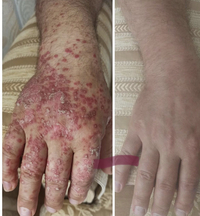
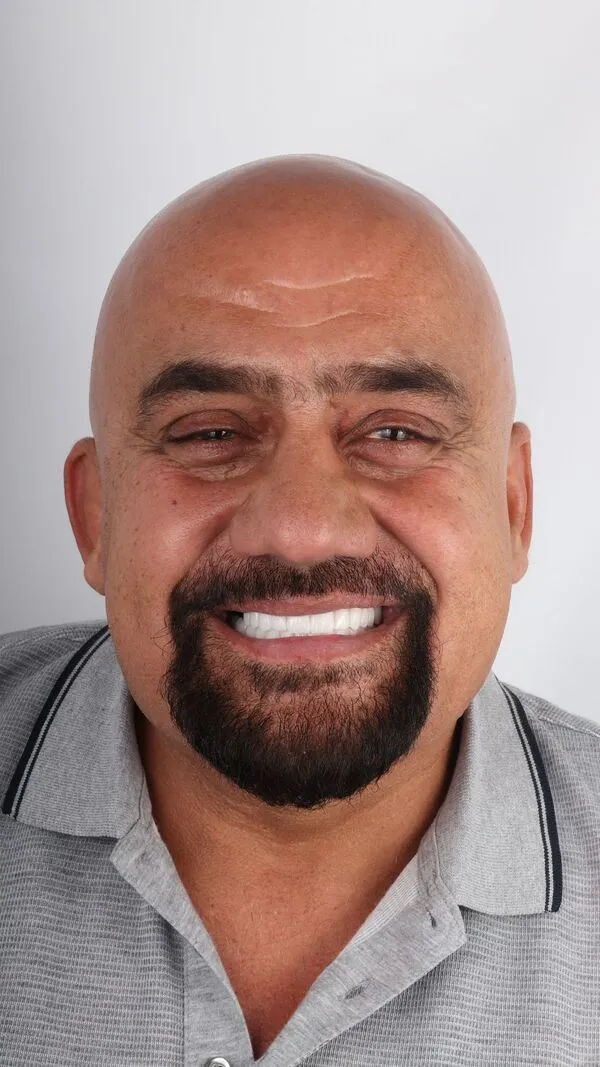
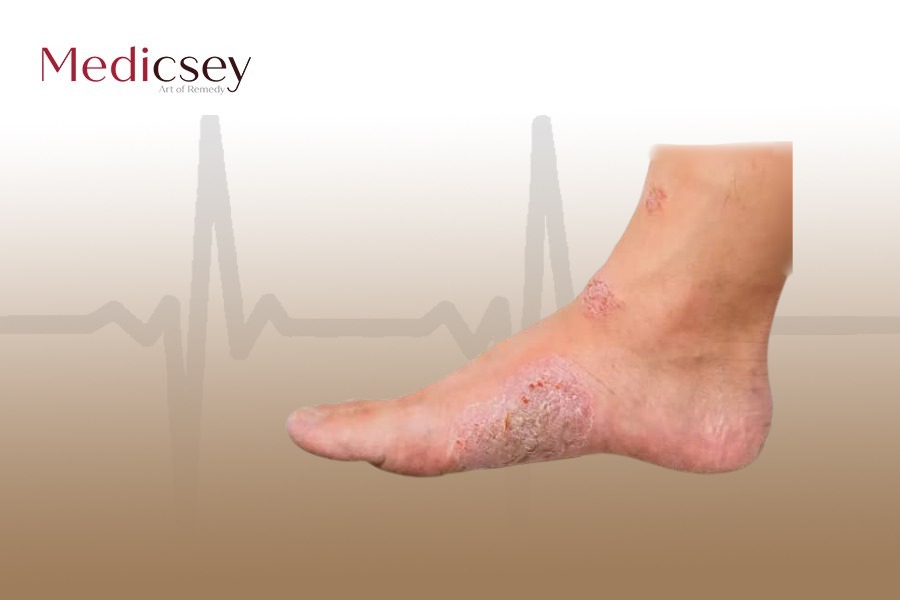
.webp)
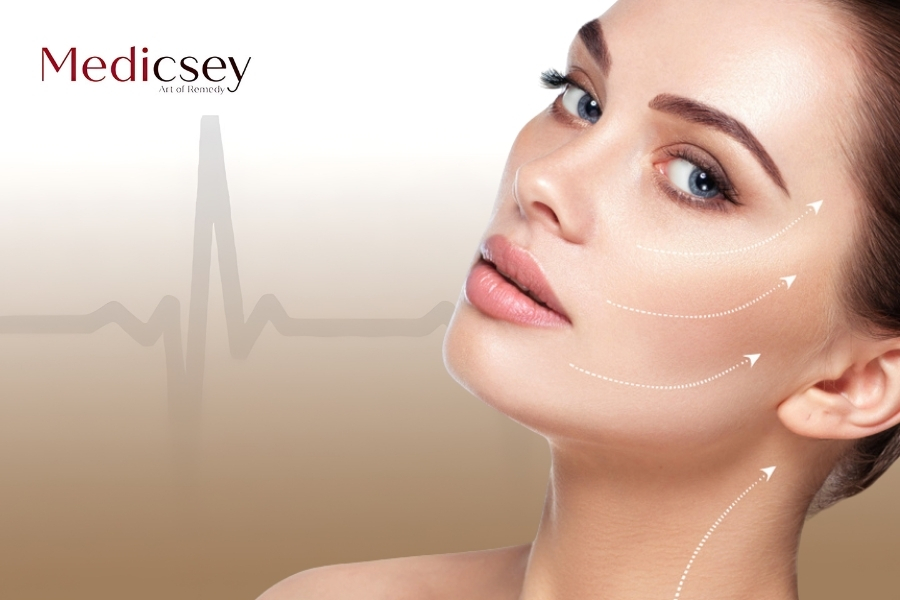
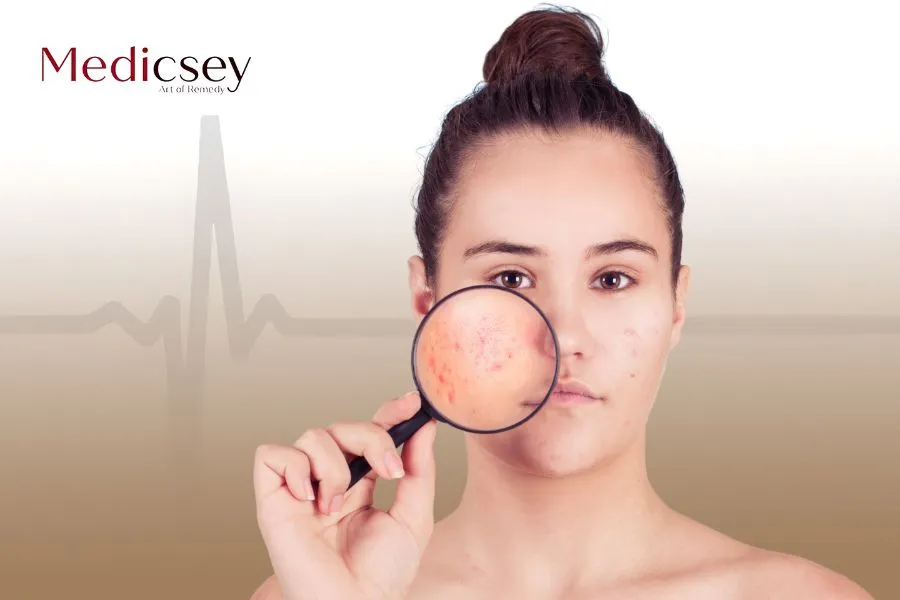
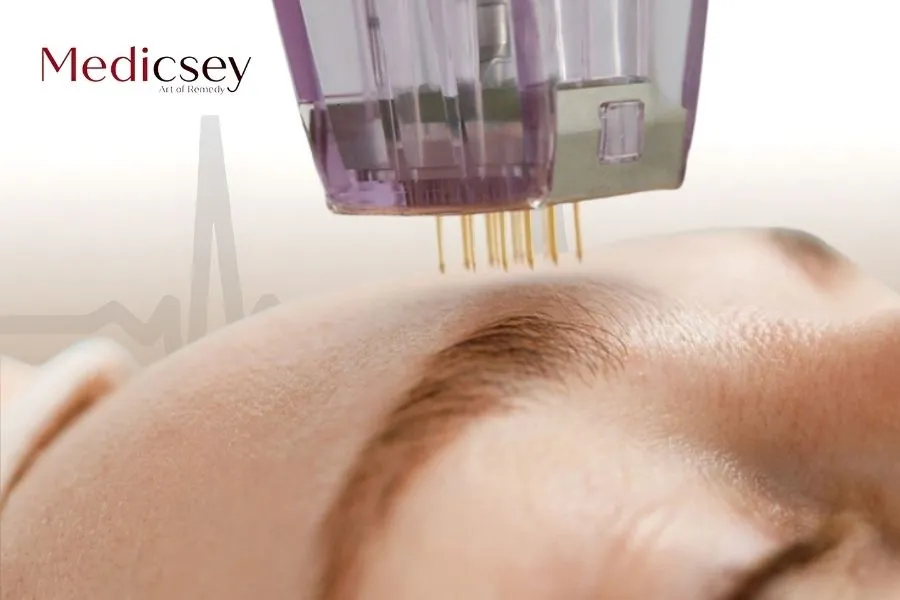.webp)
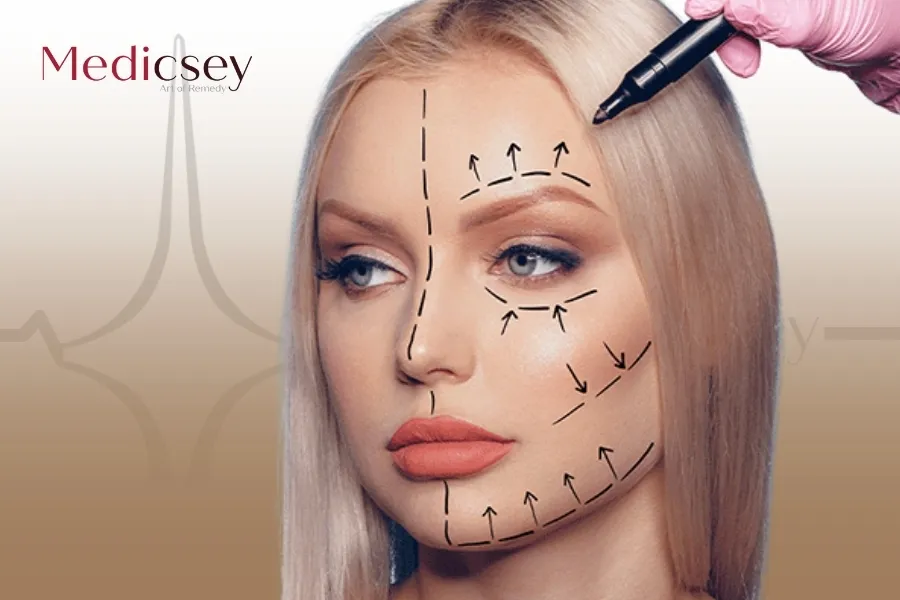
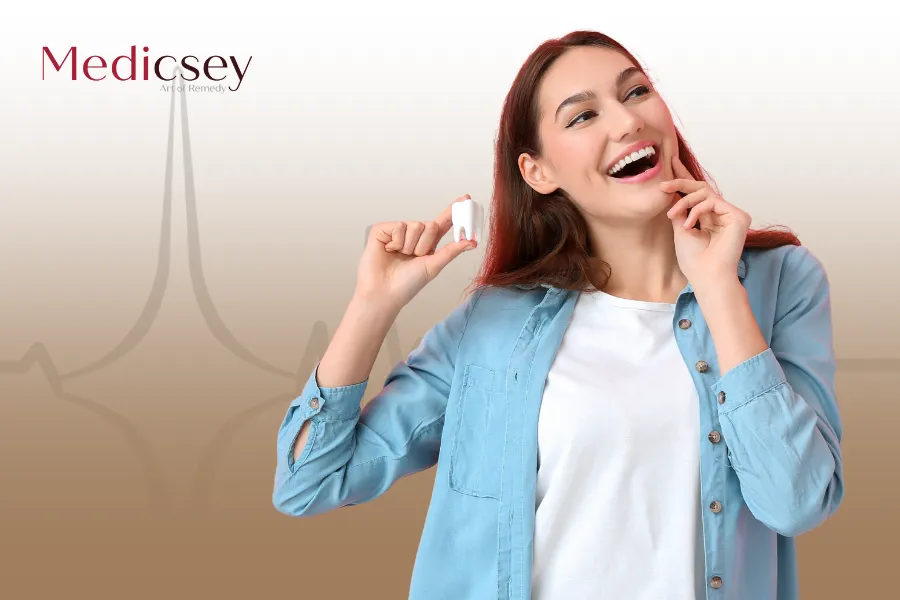
.webp)